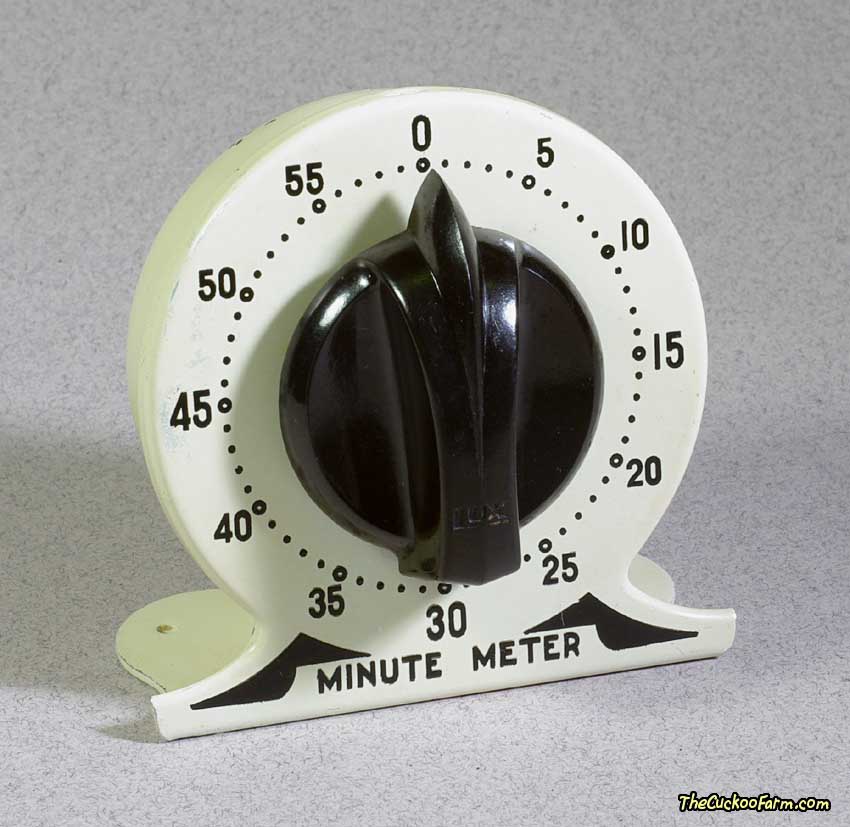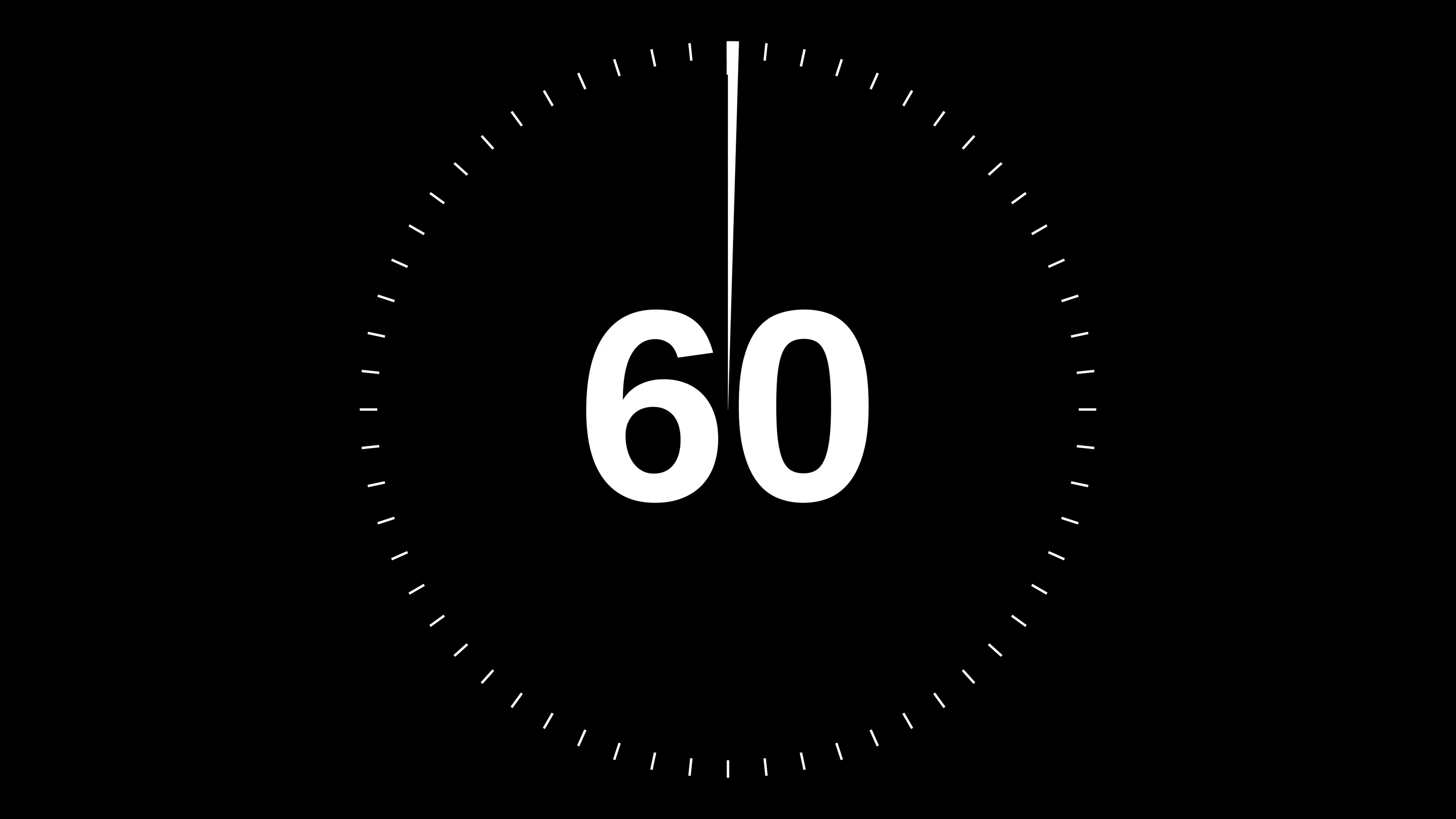

In rare cases, especially if the person spends more than seven hours in front of digital screens, these symptoms may not go away because the eyes do not have time to relax and adjust. However, most symptoms are temporary and will start to go away with lifestyle changes or after computer work is done for the day. When performing normal office work on a computer, digital eye strain can start to impact quality of life. Many people experience a combination of these factors. Symptoms of Digital Eye Strainĭigital eye strain can cause many symptoms, the most common of which include: The more of these factors are working against you while you use your device, the more likely it is that you will experience symptoms of eye strain.
#20 MINUTE EYE TIMER HOW TO#
However, it can be uncomfortable if the person does not know how to treat the issue. Existing eye problems like farsightedness or astigmatism can make symptoms of digital eye strain worse rather than the other way around. Less blinking, different perceptions of distances, and poor ergonomics or lighting in your office environment can all lead to digital eye strain.įor the most part, symptoms of digital eye strain can be treated with minor lifestyle changes. The “blink rate,” which is imperceptible visual updates constantly happening on digital screens, leads people to blink less because the eyes are flickering in minuscule ways to keep up with the changes. A 2015 survey found that 65 percent of American adults report experiencing digital eye strain.
The American Optometric Association (AOA) found that some people who use computer screens of some type for even two hours per day were at risk of digital eye strain symptoms. This statistic does not take into account personal time on screens, including playing games, watching movies, or reading books at home.

The average American worker spends about seven hours every day working on a computer of some sort. The level of discomfort often increases with the amount of use. Glare and “ blue light” from computer screens also affect the eyes differently than printed images. Letters or images on a computer screen are less defined than they are in a physical piece of media. The level of contrast between the background color and the letters is lower than with a printed page. Reading or looking at images on a digital screen is different than a printed page. Prolonged use of any of these devices can cause you to develop a painful condition known as computer vision syndrome or digital eye strain. Unfortunately, there may be consequences to relying so heavily on these items for both work and play. Digital devices like laptops, desktop computers, smartphones and tablets are all fixtures of daily life in the modern world.


 0 kommentar(er)
0 kommentar(er)
